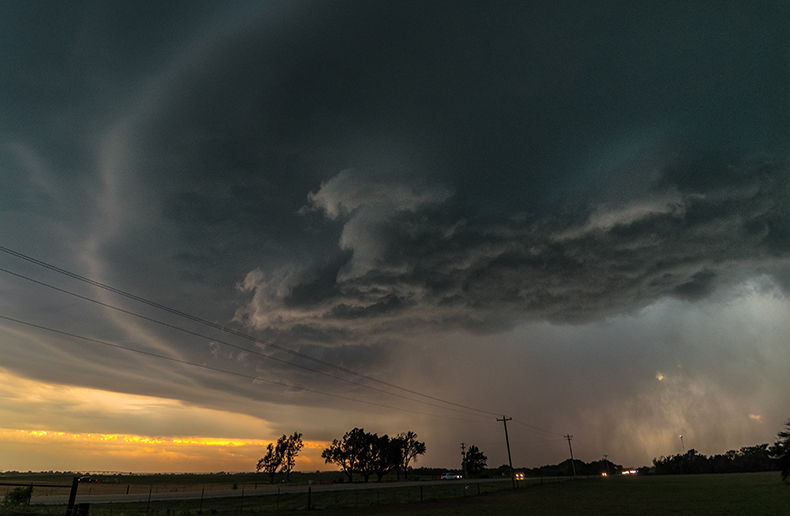Canada’s Commissioner of the Environment and Sustainable Development has flagged major gaps in the federal government’s National Adaptation Strategy, launched in 2023. The findings are detailed in the first chapter of the commissioner’s 2025 annual report, recently tabled in Parliament.
Commissioner Jerry DeMarco, who reports to the Office of the Auditor General of Canada, says the strategy was not effectively designed, largely because it fails to prioritize the various risks associated with climate change. It also did not include an economic analysis to assign appropriate resources and an effective framework for monitoring and reporting results.
The accompanying Action Plan for Adaptation is also inconsistent and incomplete, DeMarco notes. It includes 73 measures drawn from both new and pre-existing federal programs, but Environment and Climate Change Canada (ECCC) did not have a full accounting of the financial commitments tied to these initiatives.
Among the seven programs reviewed, only a few preliminary actions had been implemented. Resource optimization was considered in just three of those programs, meaning the government will not be able to determine whether the money spent is yielding the expected outcomes, the commissioner states.
Calls for a national adaptation plan dates back nearly two decades. “Although the publication of the National Adaptation Strategy in 2023 was an important first step, urgent attention is still needed to achieve impactful action,” says DeMarco in a news release. “The sooner Canada acts, the more sustainable the outcomes for people's health, safety, and livelihoods.”
Human health risks
DeMarco points out that the Action Plan, unveiled alongside the strategy, fails to set targets for certain human health risks tied to climate change. Among them is Lyme disease, for which the number of reported human cases in Canada rose by 1,500 per cent between 2009 and 2022.
He also highlights the increasing danger posed by wildfire smoke, particularly as the area of land affected by fires has grown significantly in recent years. Between 2013 and 2018, Health Canada estimated that up to 240 Canadians died every year because of short-term exposure to wildfire air pollution.
Key components still missing
In addition to the Action Plan, two other pillars of the strategy are still under development: the Indigenous participation program and bilateral action plans between the federal government and the provinces. ECCC has confirmed that both are scheduled for completion by spring 2026.
The department must work with Health Canada, Natural Resources Canada, Public Safety Canada, and Housing, Infrastructure and Communities Canada to develop a plan that clearly defines deliverables, the report says.
Currently, ECCC is required to publish only one progress report before the next version of the strategy is due in 2030. The commissioner recommends more frequent updates to monitor whether the process is effective and to allow for course correction as needed.
The strategy outlines 32 objectives and 25 targets. However, the commissioner found that 12 of those objectives have no target at all, and none of the 25 targets meet the SMART criteria—specific, measurable, achievable, relevant, and time-bound.
More than half of the targets are not expected to be reached until 2028 or later. The federal government should have set interim targets to help guide the implementation and make timely adjustments, the report concludes.
Since 2015, the federal government has invested more than $6.6 billion in climate adaptation initiatives, including over $1.6 billion specifically to implement the National Adaptation Strategy. According to ECCC, every dollar spent on adaptation could yield long-term savings of $13 to $15.
ECCC has agreed with each of the commissioner’s recommendations and has committed to timelines for implementing them.
IBC response
In a statement released on June 10, the Insurance Bureau of Canada (IBC) responded to the commissioner’s findings through Craig Stewart, Vice-President, Climate Change and Federal Issues.
“The commissioner’s report clearly indicate that, despite years of focus on emissions reduction, the federal government has underperformed on commitments to protect Canadians from the wildfires, floods, windstorms, and hailstorms affecting hundreds of thousands of people today,” stated Stewart.
With climate-related risks intensifying year over year, the federal government must increase its capital investments to ensure the safety of Canadians and their communities, he adds.
Over the past 10 years, the federal government invested $41.8 billion in emission-reduction measures, which will reduce long-term climate risks over the next two to three decades, the IBC reported in a January 2025 estimate.
“Only $4.1 billion—representing just one-tenth of the total invest in mitigation—was invested in measures that support reducing the risks Canadians are already facing today. This disparity must now be reversed,” Stewart says.







